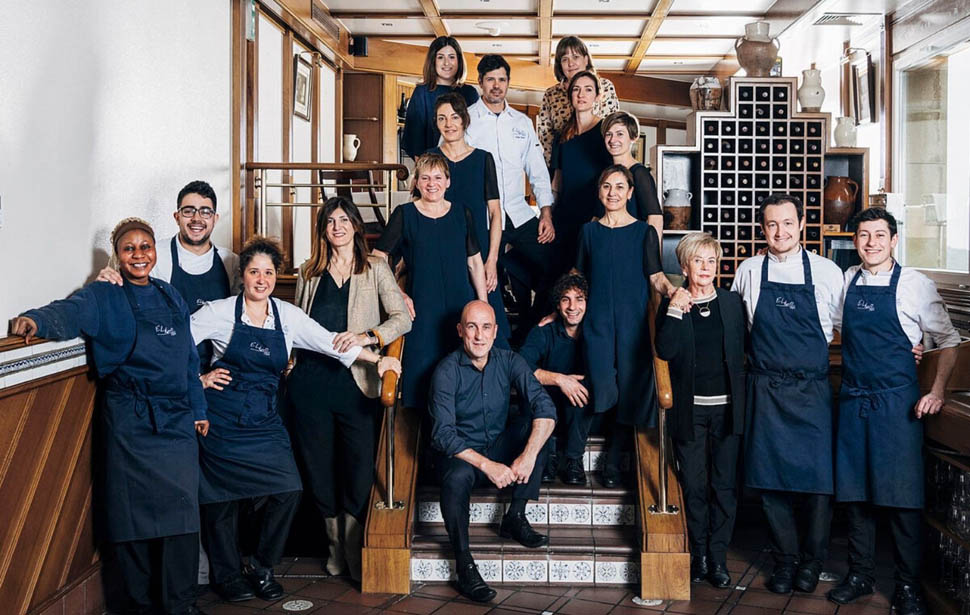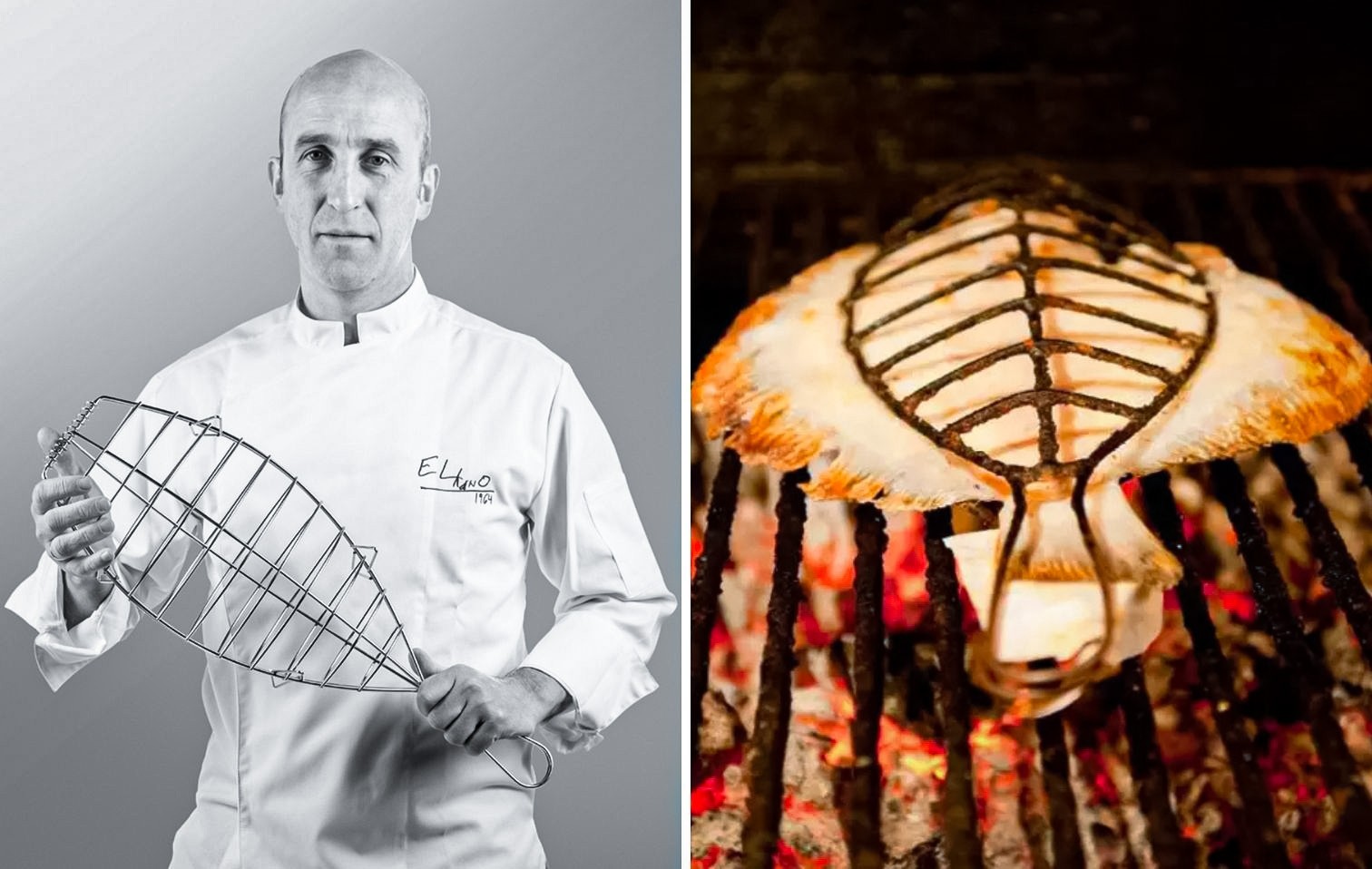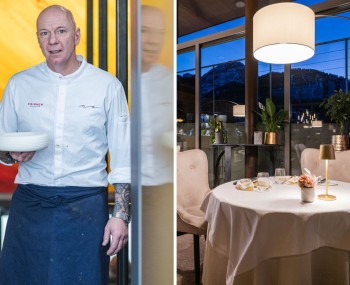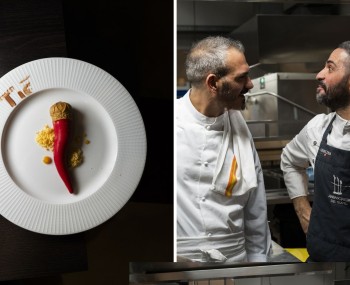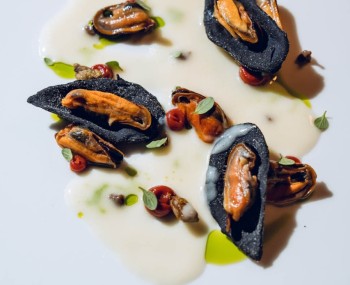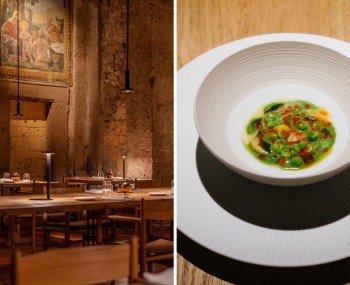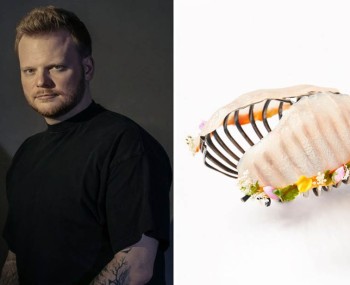It is the most critically incensed grilled fish, thanks to its tender meat and nuanced smoky taste: the legendary Elkano turbot is worth a visit to Getaria, but what if we wanted to replicate it at home?
The Story
From humble fishermen's bar to a global culinary institution: that of Elkano is probably one of the most fascinating stories ever written in the annals of haute family gastronomy. We have told it many times- the last one on the occasion of the 60th anniversary of the establishment, which opened precisely in 1964 - and yet one never tires of retracing this long-running gourmand saga, which counts among its symbols the flashy utensils employed by the Arregui family to roast fish right in front of diners.

Inevitable is a large tong, a kind of “iron cage” that encircles the legendary turbot cooked over hot coals. Instructions for use? Minimize the distance from the flame, so that the skin can crisp up to the benefit of the meat (which instead remains moist just right, firm to the eye and melting in the mouth). So how is “rodaballo alla parrilla” made? Aitor Arregui explains it directly to Sobremesa magazine, confirming himself as the guardian and innovator of a technique that has spanned generations. Here also is the video interview that appeared in DH, for those who “chew” English.
Elkano's grilled turbot recipe
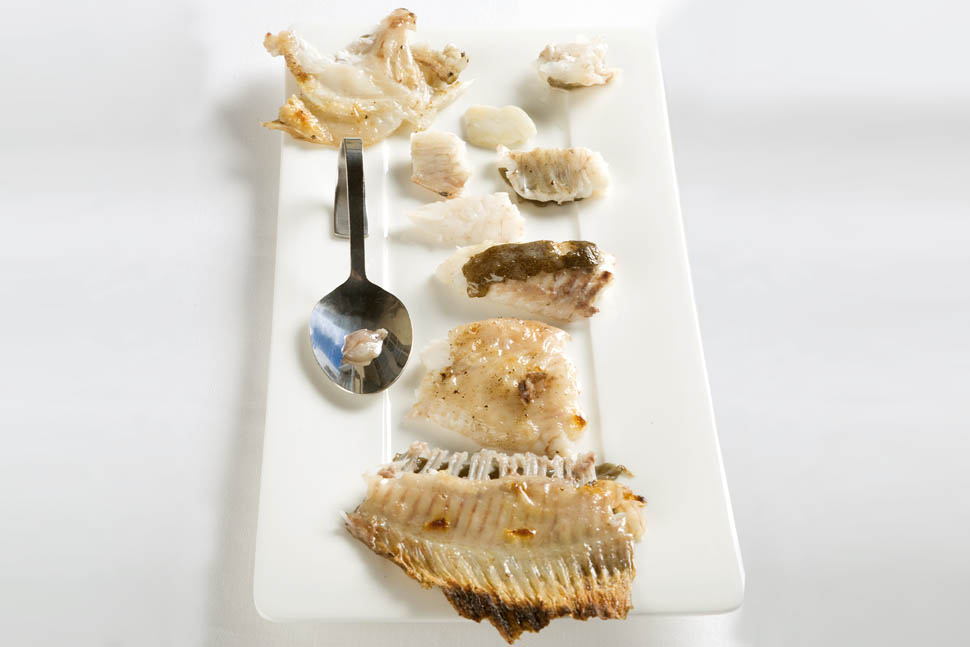
Recipe for 4 people
Average cooking time: 15-20 minutes (up to 30 minutes for larger specimens)
Ingredients
- 2 very fresh turbot, 1.5 to 2 kg
- Salt;
- “Agua de Lourdes,” a mix of oil, vinegar and salt based on a secret recipe from Aitor Arregui's grandmother. Since you do not know the exact amounts, you can add ingredients as you like according to your taste.
Procedure
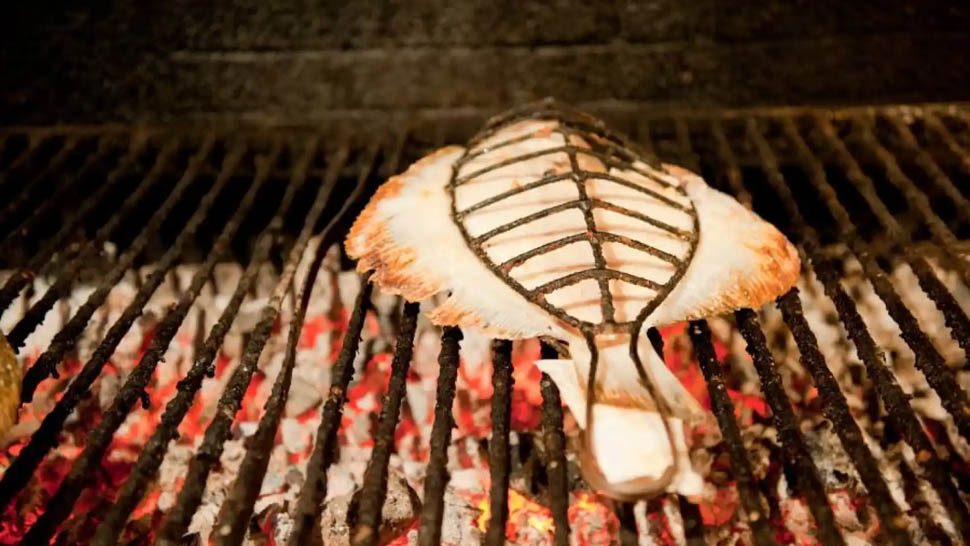
First and foremost, devote yourself to finding the raw material: turbot will need to be large in size and rich in fat. Of course, it will all depend on how the animal has fed over the years, the areas it comes from and the fishing season (for example, spawning greatly affects this). In this regard, the best time is from April to May, as turbot tend to feed on anchovies and develop very tasty meat, the Arregui assure.
Having purchased the fish, preheat the grill by stirring the coals well (preferably from oak wood). After opening and cleaning the fresh turbot, sprinkle salt on both sides. Then insert it into the imperfectly clean iron tongs; this will prevent the skin from sticking and flaking off, spoiling the aesthetics of the preparation. Similarly, the turbot should remain as intact as possible while being grilled, so always turn it carefully.
Place the fish a short distance from the flame (not too strong, otherwise you risk burning the skin) and sprinkle it with Agua de Lourdes several times during cooking. It should be ready after 17-20 minutes (the average time for a 2-kg specimen); in any case, remove it when small bubbles begin to form on the dark skin. Once the turbot has been removed from the grill, carefully open it and debone it, removing the backbone immediately. Add a little extra Agua de Lourdes and serve hot.
